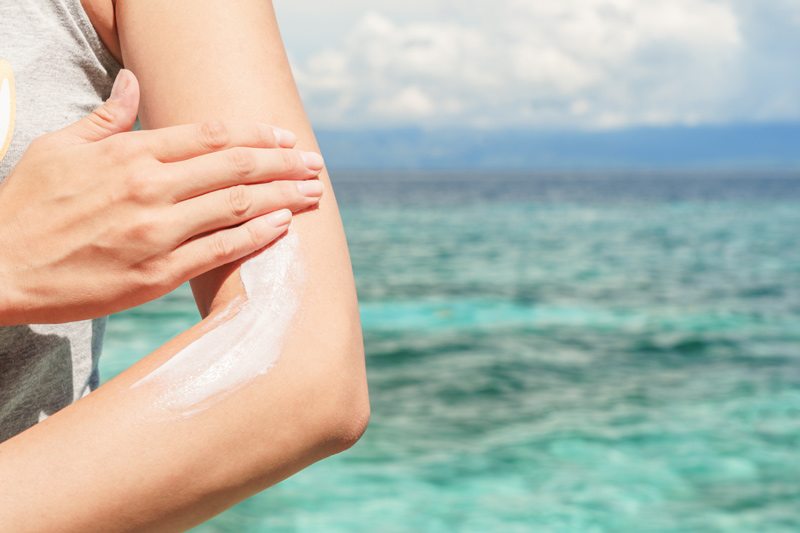The sun’s rays play a vital role in sustaining life on Earth by providing essential warmth and light.
However, excessive exposure can have detrimental effects on our skin. Finding a balance allows us to enjoy the sun’s benefits while minimizing risks.
While some changes, such as freckles or wrinkles, may be merely cosmetic, others, like changes in color or the appearance of unusual marks, could indicate a deeper problem, such as the early stages of skin cancer.
Understanding the potential dangers of the sun is the first step in skin protection.
It’s important to safeguard ourselves, especially as environmental changes have reduced the ozone layer’s ability to block UV rays.
To stay safe in the sun, enjoy it in moderation. Limit direct exposure without sunscreen to 10-15 minutes per day.
Protective Measures for Healthy Skin
Sunscreen Is Your Daily Shield
It is essential to apply sunscreen with a minimum SPF of 30 to deflect and absorb UV rays effectively.
Choose a sunscreen formula that suits your skin type and activity level. There are mattifying options for oily skin and water-resistant types for intense exercise.
Apply the sunscreen at least 15 minutes before sun exposure and reapply it every two hours or after swimming or sweating.
Don’t Forget Your Lips
Lips are often overlooked but are highly susceptible to sunburn. Apply a protective lip balm every hour when outdoors.
Shield Your Eyes
The sun can damage your eyes and lead to cataracts.
Protect your eyes and prevent wrinkles like crow’s feet with sunglasses that offer 100% UV ray protection.
Wear a Big Hat
You don’t have to save your big, floppy wide-brimmed hat just for the Kentucky Derby!
You can wear it on the days you anticipate facing prolonged sun exposure.
A wide-brimmed hat is a stylish shade source, protecting your face, ears, and neck.
Choose UPF Clothing
UPF clothing, like sunscreen, provides different levels of protection.
This type of clothing is designed with a special coating that absorbs UVA and UVB rays.
Additionally, darker, tightly woven fabrics offer more comprehensive protection overall.
Sun Damage: Reversal and Care
Regular sunscreen use, moisturizing, exfoliation, and staying hydrated can help heal the skin.
If you notice any unusual marks or experience blistering, it’s important to seek medical attention right away.
Early intervention plays a crucial role in treating many symptoms of skin damage.
Sun Exposure and Damage: Q & A
Question: “How long can I safely be exposed to the sun, without sunscreen?”
Answer: It’s difficult to say. In the past, the ozone layer helped protect us by blocking harmful UV rays.
Over the years, the ozone layer has decreased due to air pollution and other environmental factors.
The American Skin Association states that we need to protect ourselves better as time passes and our ozone layer continues to diminish.
Brief periods can be beneficial but limiting unprotected exposure to a maximum of 15 minutes daily is wise.
Question: “When do I need to wear sunscreen?”
Answer: Every day, regardless of the season or weather. Even on cloudy days, UV rays penetrate the clouds.
Question: “Can sun damage be reversed or stopped?”
Answer: With diligent sun protection and skincare, further damage can be halted, and existing damage potentially reversed.
You need to ensure your skin’s protection while enjoying the sun’s warmth.
Sun protection, adequate hydration, and a proper skincare regimen all play a critical role in mitigating the potential risks of sun exposure.
Remember: finding balance is essential. Embrace the sun’s gifts responsibly to enjoy its benefits for years to come.










